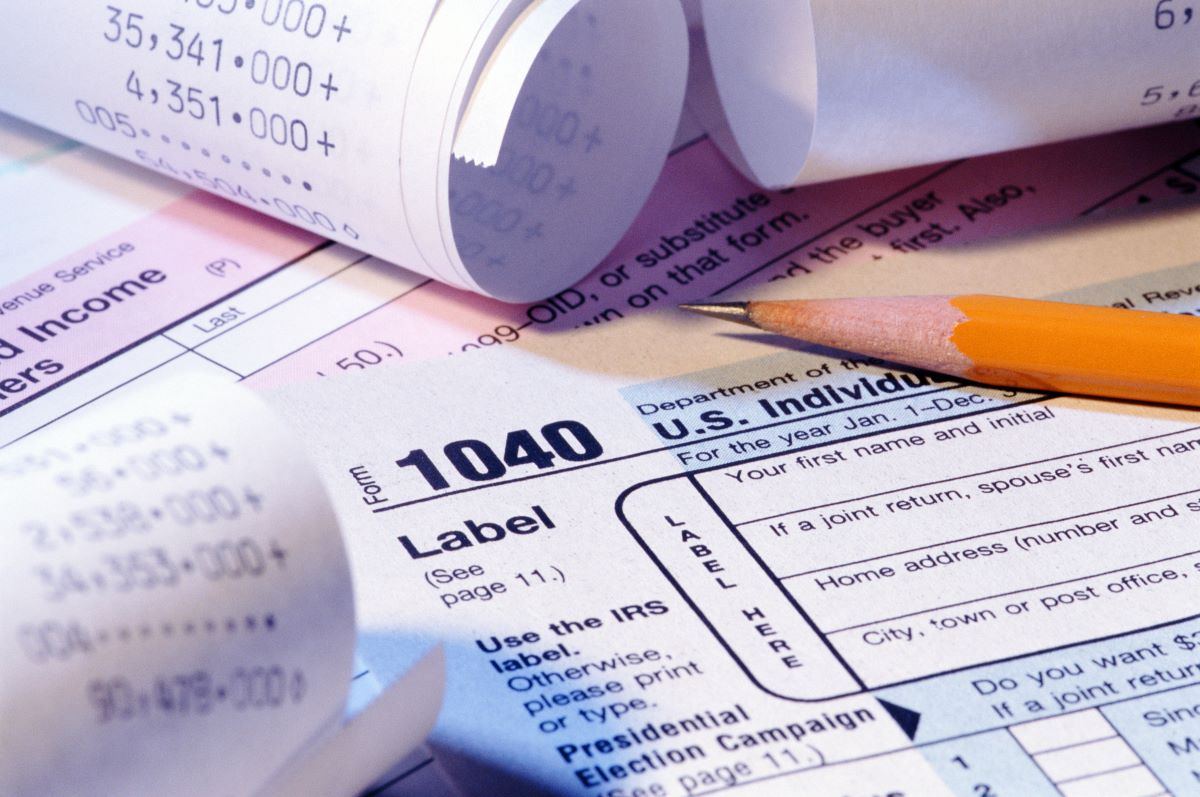Home>Finance>Société Anonyme (S.A.): Definition, Examples, Requirements


Finance
Société Anonyme (S.A.): Definition, Examples, Requirements
Published: January 30, 2024
Looking for a definition, examples, and requirements of a Société Anonyme (S.A.) in the field of finance? Explore our comprehensive guide for all your S.A. needs!
(Many of the links in this article redirect to a specific reviewed product. Your purchase of these products through affiliate links helps to generate commission for LiveWell, at no extra cost. Learn more)
Société Anonyme (S.A.): Definition, Examples, Requirements
Are you familiar with the term Société Anonyme (S.A.)? If you’re diving into the world of finance, understanding different types of business structures is crucial. In this blog post, we’ll explore what exactly an S.A. is, provide examples of well-known S.A. companies, and discuss the requirements involved in establishing one. So, let’s dive right in!
Key Takeaways:
- Société Anonyme (S.A.) is a French term that translates to “anonymous company.” It is a legal business structure often used in European countries and has been adopted in various regions around the world.
- An S.A. is characterized by its shareholders’ limited liability, which means their personal assets are not at risk in the event of the company’s failure or financial obligations.
Understanding Société Anonyme:
Société Anonyme, commonly abbreviated as S.A., is a legal term used to describe a type of business structure where shares are traded publicly. It is often associated with large corporations and organizations, allowing for the separation of ownership and management. In essence, an S.A. is a company owned by shareholders, who have limited liability and take part in decision-making by electing a board of directors.
Let’s take a closer look at the key aspects of Société Anonyme:
- Shareholders: In an S.A., shareholders own the company’s shares and contribute to its capital. They have the right to vote at general meetings, elect directors, and often receive dividends.
- Board of Directors: The board of directors is responsible for overseeing the company’s operations and making strategic decisions. They are elected by the shareholders and play a crucial role in shaping the company’s direction.
- Liability: One of the main advantages of an S.A. is limited liability for shareholders. This means that in the event of financial difficulties or insolvency, their personal assets are protected, and they are only held accountable for the value of their shares.
- Public Trading: S.A.s often choose to go public and list their shares on stock exchanges, allowing individuals and institutional investors to buy and sell their stock. This provides liquidity for shareholders and allows the company to raise capital for expansion or other purposes.
- Transparency and Reporting: S.A.s are typically subject to legal and regulatory requirements, including financial reporting, auditing, and disclosure of material information to ensure transparency for shareholders and stakeholders.
Examples of Société Anonyme Companies:
Now that we have a basic understanding of what an S.A. is, let’s look at some well-known examples:
- L’Oréal: The French cosmetics giant L’Oréal is a prime example of an S.A. Founded in 1909, this S.A. has demonstrated remarkable success and growth in the beauty industry.
- Volkswagen Group: Another renowned S.A. is the German automobile manufacturer Volkswagen Group. Established in 1937, Volkswagen has become one of the largest car manufacturers globally.
- Sanofi: Sanofi, a multinational pharmaceutical company based in France, is another notable S.A. that specializes in research, development, and production of pharmaceutical drugs.
Requirements to Establish an S.A.:
While the specific requirements to establish an S.A. may vary depending on the country and jurisdiction, there are some common elements. Here are a few essential factors to consider:
- Minimum Capital: S.A.s typically require a minimum amount of capital to be registered. This ensures that the company has sufficient resources to operate efficiently and fulfill its obligations.
- Legal Documentation: Setting up an S.A. involves drafting and submitting legal documents, such as articles of incorporation, bylaws, and shareholder agreements, to the appropriate regulatory authorities.
- Shareholder Assembly: An S.A. must hold a shareholder assembly, where shareholders exercise their voting rights and make important decisions regarding the company’s management and direction.
- Public Disclosure: S.A.s are often required to disclose financial information, such as annual reports and financial statements, to ensure transparency and provide shareholders with necessary information.
Establishing an S.A. can be a complex process, requiring legal expertise and thorough understanding of local regulations. It is advisable to consult professionals to ensure compliance and to navigate the legal intricacies involved.
In conclusion, Société Anonyme (S.A.) is a business structure that offers limited liability to shareholders, separates ownership and management, and allows for public trading of shares. It has been utilized by many prominent companies worldwide, such as L’Oréal, Volkswagen Group, and Sanofi. If you are considering establishing an S.A., be sure to research the specific requirements in your jurisdiction and seek appropriate legal guidance.














